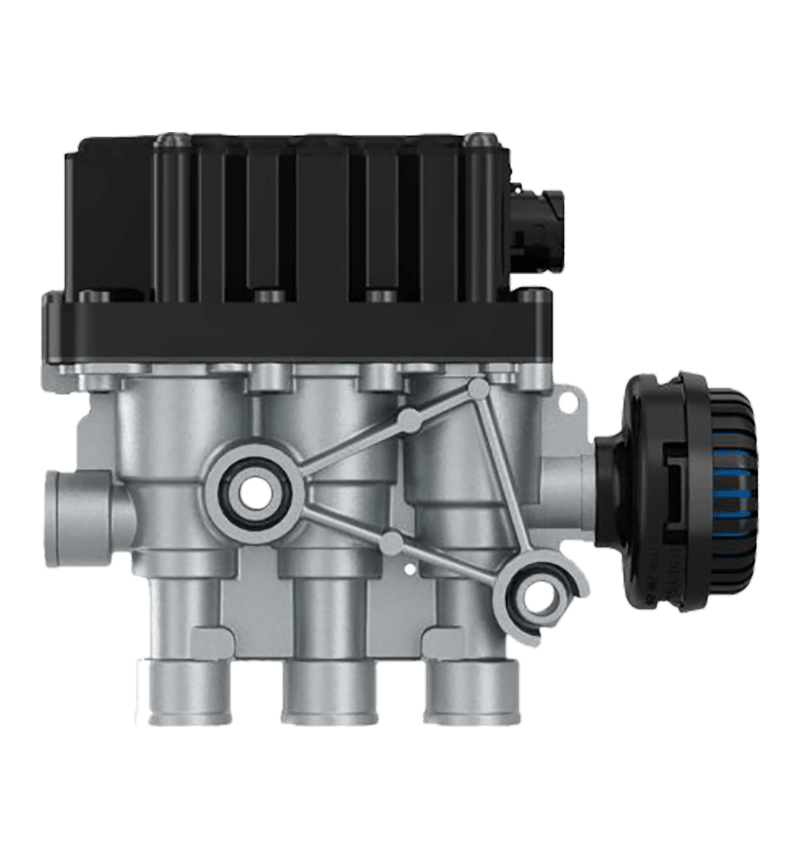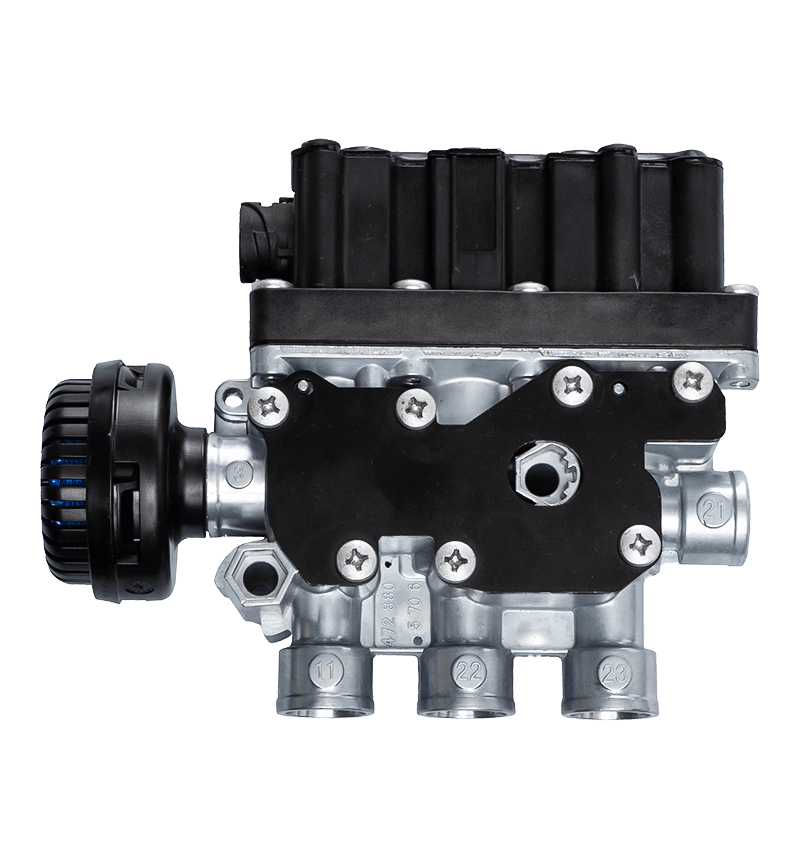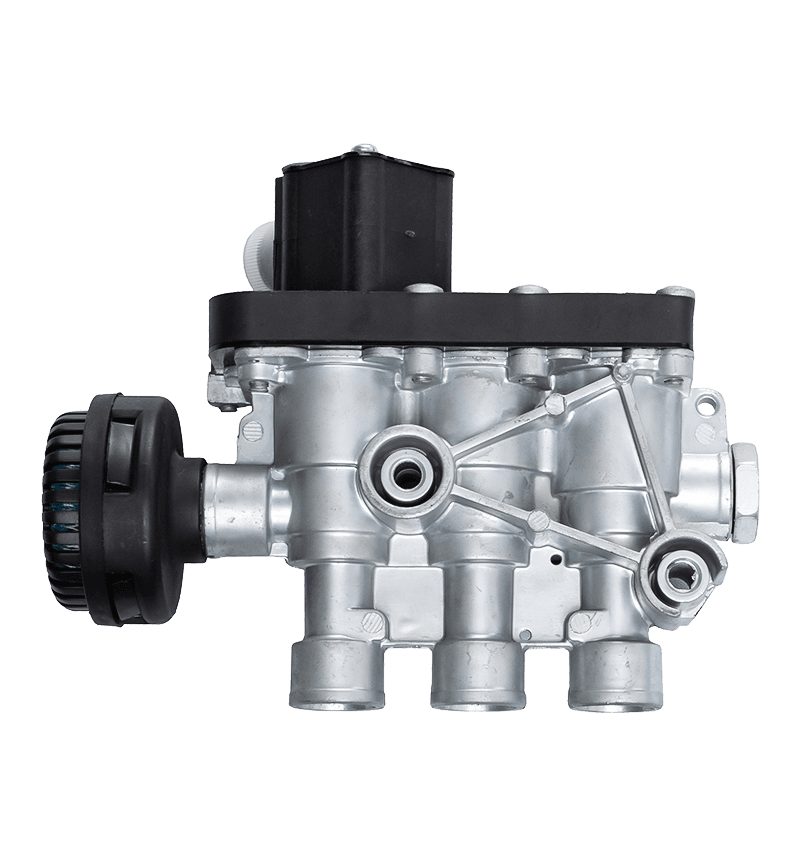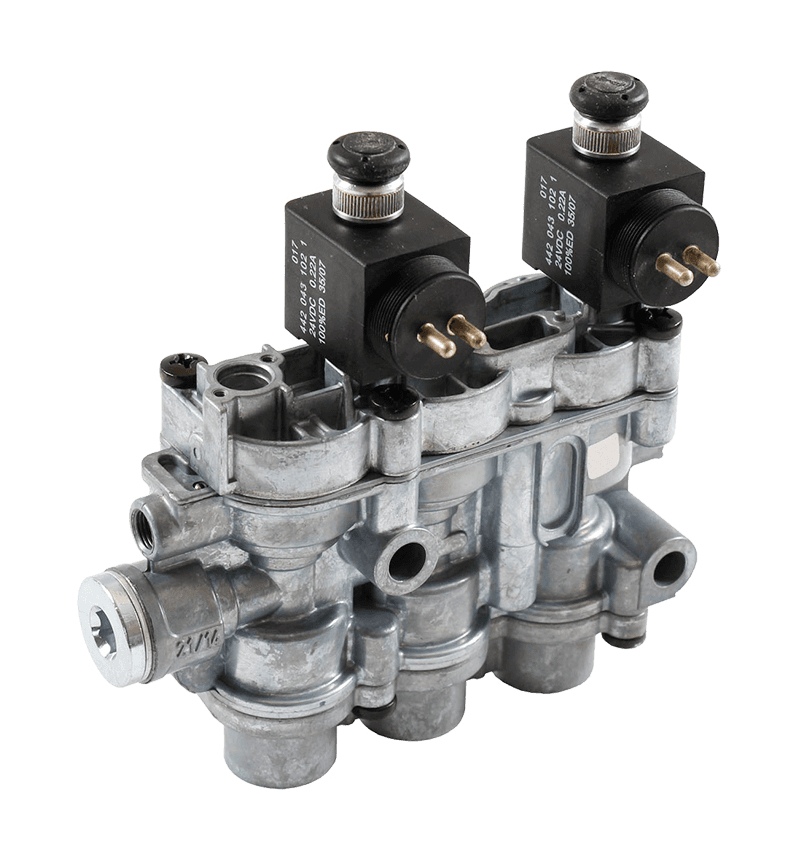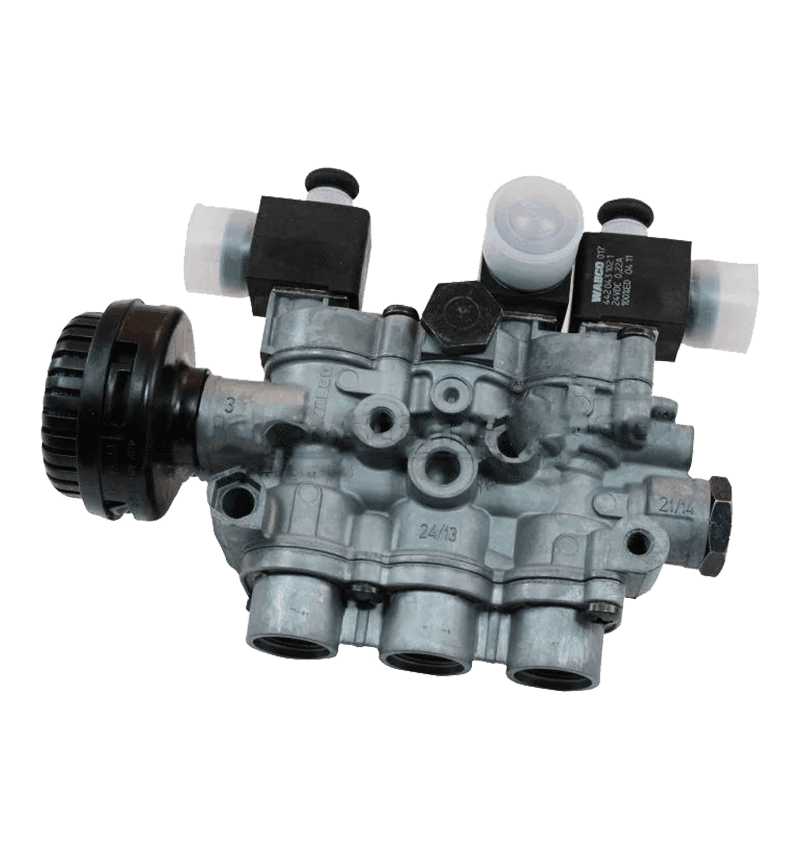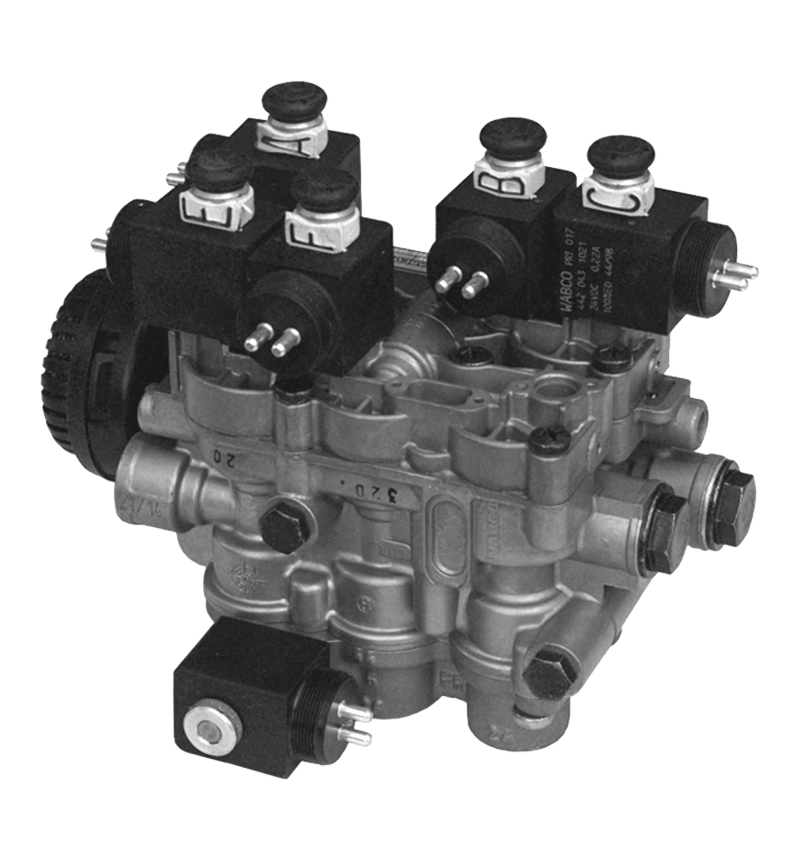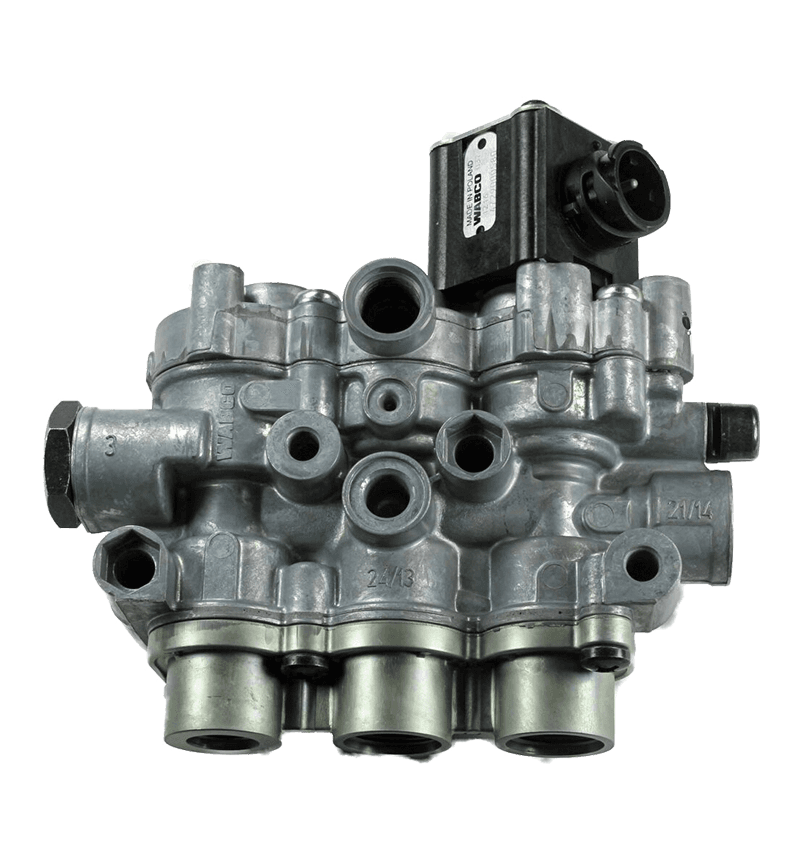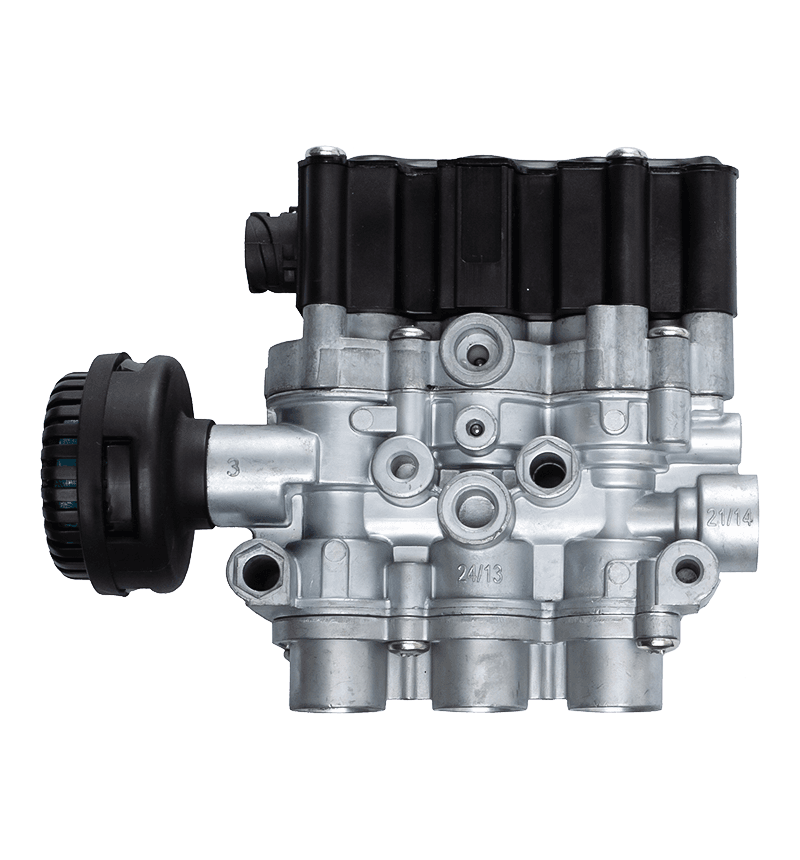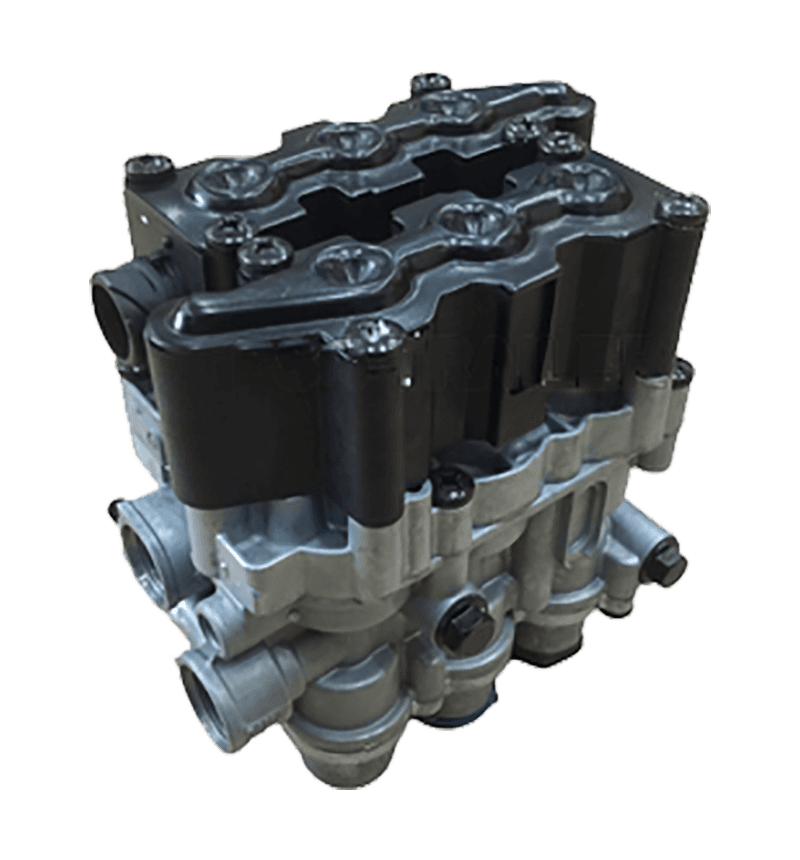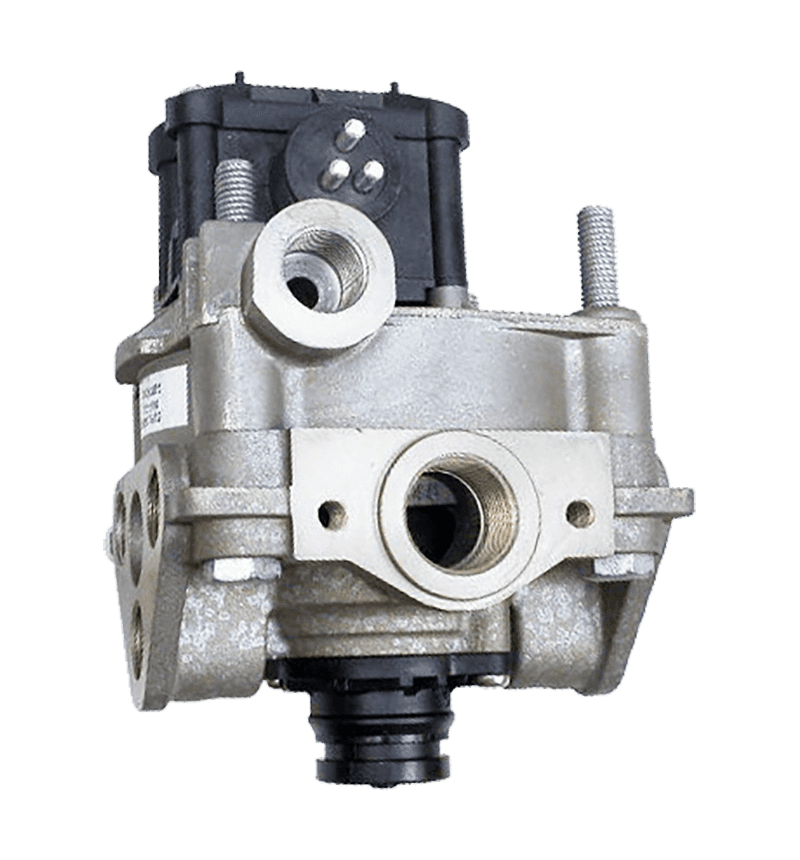Working principle and automation control advantages of solenoid valves
The solenoid valve uses electromagnetic force to control the opening and closing of the valve. Its working principle is based on the power on and off of the electromagnetic coil to drive the movement of the valve core. This working principle enables the solenoid valve to respond quickly to external electrical signals and automatically complete the opening and closing operation of the valve. Compared with traditional mechanical valves, solenoid valves have higher automation control capabilities. Through the cooperation of sensors and control systems, solenoid valves can achieve remote control and automatic adjustment without manual intervention. This automated feature enables solenoid valves to be widely used in occasions requiring high-precision control, such as automated production lines and intelligent equipment.
Response speed and precision advantages of solenoid valves
Compared with traditional mechanical valves, solenoid valves have a higher response speed. When the solenoid valve receives an electrical signal, the valve core will immediately respond according to the signal change to complete the opening and closing of the valve. Compared with traditional mechanical valves, the latter requires physical actions (such as rotation, push and pull, etc.) to control the flow of fluid, so its response speed is slower and the control accuracy is lower. Solenoid valves can complete the opening and closing operation of valves within milliseconds, thereby improving the overall operating efficiency and response time of the system.
Reliability and durability advantages of solenoid valves
The design of solenoid valves does not have the complex mechanical structure of traditional mechanical valves, so wear and mechanical loss are reduced. The core components of solenoid valves are electromagnetic coils and valve cores. In long-term use, physical wear problems are not easy to occur, while mechanical valves may be worn due to frequent mechanical movement, resulting in frequent failures. In addition, the sealing of solenoid valves is usually good, which also increases their service life. Traditional mechanical valves may leak due to long-term use or require frequent replacement of seals, and the maintenance cost is high.
Energy-saving effect and low energy consumption advantages of solenoid valves
The working principle of solenoid valves enables them to accurately control the flow of fluids as needed, while traditional mechanical valves cannot achieve such precise adjustment. Solenoid valves achieve precise control by adjusting flow and pressure, avoiding waste of resources. Therefore, solenoid valves can effectively reduce energy consumption and improve the energy-saving effect of the system. For example, in applications such as air-conditioning systems and water supply systems, solenoid valves can adjust the flow according to real-time needs, avoiding the problem of inability to finely control traditional mechanical valves, thereby improving overall energy efficiency.
Volume and weight advantages of solenoid valves
Since solenoid valves use electromagnetic control mechanisms, their structure is relatively simple, so they are light in size and weight. In contrast, traditional mechanical valves are usually larger and heavier in weight because they require more mechanical components, such as valve bodies, valve stems, manual control devices, etc. This structural advantage makes solenoid valves significantly competitive in applications that require space saving or have strict requirements on equipment weight.
Flexibility and diversity advantages of solenoid valves
The design of solenoid valves is highly flexible and can be designed in various forms according to needs, such as direct-acting solenoid valves, pilot-operated solenoid valves, etc., which can adapt to different types of fluid control needs. The design of traditional mechanical valves is usually relatively fixed, and the corresponding mechanical components need to be selected according to specific working conditions, lacking the advantages of solenoid valves in flexibility and diversity.
Comparison of applicable environments of solenoid valves and traditional mechanical valves
Solenoid valves are particularly suitable for environments with high-frequency operations and fast response requirements. For example, in automated production lines, solenoid valves can achieve high-precision and high-frequency control to ensure the stability of the production process. Traditional mechanical valves are more suitable for low-frequency and relatively stable environments, and their complex mechanical structures are not suitable for long-term and high-frequency operations. In addition, solenoid valves can also work in harsh environments, such as high temperature, high pressure or corrosive gas environments, while traditional mechanical valves are easily affected by the environment and have poor working stability due to their reliance on mechanical movement.
Maintenance and cost advantages of solenoid valves
Since solenoid valves do not have complex mechanical parts in traditional mechanical valves, their repair and maintenance are relatively simple. During use, the maintenance cycle of solenoid valves is usually longer and the failure rate is lower. In contrast, traditional mechanical valves are prone to failure due to the complexity of the mechanical structure and frequent physical movement, requiring regular inspection and replacement of parts, and have high maintenance costs. In addition, the automated control of solenoid valves reduces the need for manual intervention, thereby further reducing maintenance costs.
Comparison of control accuracy between solenoid valves and traditional mechanical valves
Solenoid valves can accurately adjust fluid flow and pressure due to their ability to receive external electrical signals and combined with a sophisticated control system. In contrast, traditional mechanical valves use physical means (such as rotating valves or adjusting levers) to adjust flow, with lower accuracy. Solenoid valves can accurately control the opening of the valve by fine-tuning the control voltage or current, thereby achieving precise regulation of fluid flow, and are widely used in industrial fields requiring high-precision control.
|
Comparison Item
|
Electromagnetic Valve
|
Traditional Mechanical Valve
|
|
Response Speed
|
Fast response, almost real-time
|
Slower response, requires physical movement
|
|
Control Precision
|
High precision adjustment
|
Lower precision
|
|
Structural Complexity
|
Simple structure, easy to maintain
|
Complex structure, requires regular maintenance
|
|
Service Life
|
Long-lasting, minimal wear
|
Affected by mechanical wear, shorter lifespan
|
|
Energy Efficiency
|
Efficient energy saving, precise flow control
|
Energy waste, unable to precisely adjust flow
|


 English
English Español
Español


